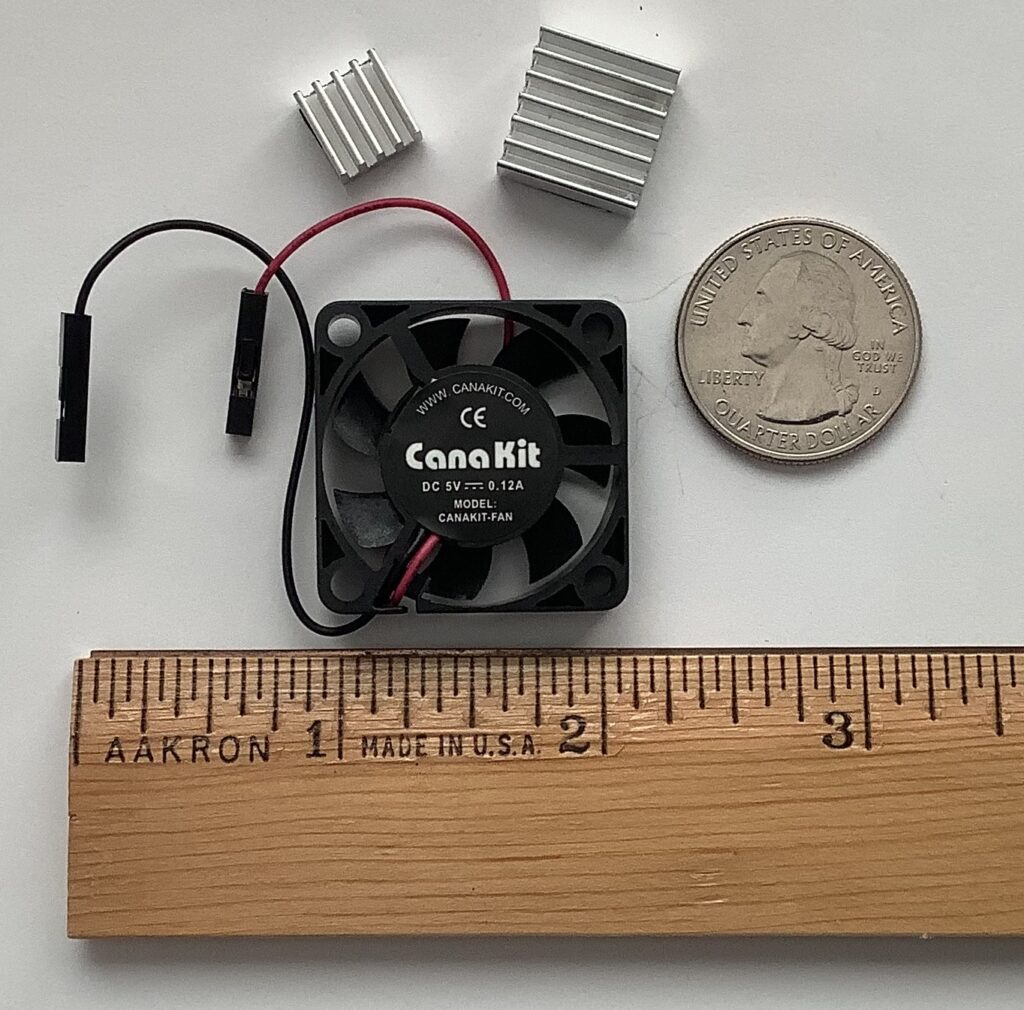When my nephew was four years old, he was positively obsessed with fans. Whenever the forced-air furnace would kick on at my sister’s house, he would immediately say, “Fan on!” When the furnace kicked off, we’d hear “Fan off!” We always knew the status of the heating system.
Later in life, he became obsessed with helicopters…
Please, give the Yamaha Montage M fan discussion a rest. I’m sorry that I ever said anything about it. 🙂
Having crawled through all things electronic from Raspberry Pi-sized devices to 1960s-sized mainframes — and maintained them — the small CPU fan in the Montage M series is not a matter for concern. As many people pointed out, Korg Kronos, Apple Macbook Air and other popular products have small fans. Usually, these fans are variable speed and throttle down (or off) depending upon CPU load.
I’m sure someone will mention fan-less tablets and phones. Apple, Samsung, etc. have carefully considered thermal design and are depending upon the metal body to carry away the heat into free space. (Or your hands.) Phone and tablet designers don’t get a free pass either.
The scientifically astute people correctly cite physics. You want to compute, you got to spend power. You want faster, you’re going to need more power. Think “Scotty and the dilithium crystals.” 🙂
You may not know it, but this site has all of the lecture material for my university-level courses on computer design and VLSI systems. Check it out!
I always did a section on cooling and power estimation because, in hardware, design has three major concerns: speed, space and power. Most software types think solely in terms of program speed and size. The fact that software consumes gobs of power when it runs, is not normally taken into consideration by programmers.
There is a simple formula to estimate CMOS dynamic power dissipation:
2
Power = Capacitance * Voltage * frequency
dyn Load DD
The power supply voltage is normally fixed for the given fabrication technology, e.g., 3.3 Volts. Capacitance is the aggregated capacitance of all the transistor gates and wires which must be switched between 0 Volts (logic 0) and +3.3 Volts (logic 1). The frequency is the clock frequency.
If you go multi-core, you have more transistors and wires, and the aggregated capacitance is higher than single-core. If you increase the clock frequency, the transistors will switch on and off more often. So, if you want a multi-core processor with a high clock rate, you’re gonna pay in dynamic power dissipation. In plain terms, you’re going to generate more heat.
That heat needs to go somewhere. High-speed CMOS circuits get incredibly hot if the heat is not removed (dissipated). Get above 60 or 70 degrees Celsius and you’re flirting with disaster. Prolonged operation at high temperature is unreliable leading to circuit failure. Even modest overheating shortens circuit life in the long run.
Having seen the guts of Yamaha products, I have confidence in their engineers. I’m sure they have chosen the appropriate cooling solution. Some people are yakking about passive cooling with tubes and plumbing junk. Save that for your gaming machine. With manufacturing concerns and cost in mind, frankly, give me a friggin’ break.
To put things in better perspective, the picture below is the Raspberry Pi cooling system provided by Canakit. There are two heat sinks: one for the external memory IC and one for the CPU. The cooling fan is optional. Taken together, this cooling solution is sufficient for a Broadcom BCM2711 quad-core ARM Cortex-A72 at 1.5GHz. Montage M doesn’t need much more than that.
Please note the small size of the fan: about one inch (2.54cm) per side. This is not an x86-size cooler!
Yes, there are practical matters in the studio. You should be controlling the amount of dust (and smoke!) in your studio simply to keep your key contacts and connectors clean. Next, I can relate to noise concerns having used a Silver-door Mac for many years. [Hurricane force winds!] The dinky fan in the Montage M should be barely audible. I doubt if you will track it — unless you put a mic next to the fan and sample it. 🙂
Copyright © 2023 Paul J. Drongowski

